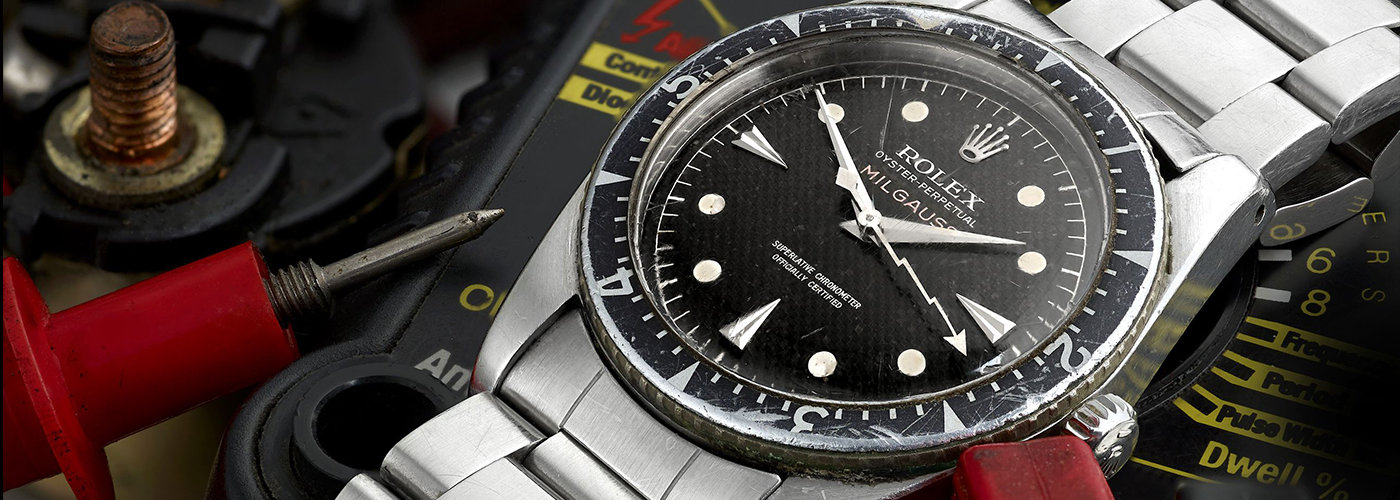Co-branded Dials, the Maker v the Retailer.
In these days of multi-million pound marketing budgets, it is hard to think of a time when the watch brand wasn’t king and the retailer called the shots.
|
|
Back before TV, online, billboard and magazine advertising took over our lives the only way that consumers could find out about a new watch or brand was to visit their local jeweller or watch retailer. As the retailer was the source of all advice and information they became the focus of the client’s trust ensuring that the retailer’s name and reputation was most important to the watch buyer, with the brand name being secondary. This is demonstrated by early pocket and wrist watch dials where the name of the retailer is displayed as often as the name of the manufacturer. The dials of early Rolex watches were sometimes left blank so that they could be printed with the store’s name, the maker’s name only appearing on the movement. It was common for jewellery brands such as Tiffany & Co. and Cartier to retail other makers’ watches under their own name long before they embarked on designing and making pieces for themselves. If a watch brand was suitably prestigious you may come across incidences of co-branding with both the maker and retailer sharing space on the dial. Hence you may see Rolex sold by Cartier or Patek Philippe sold by Tiffany & Co. it was usually a well-known jewellery or watch retailers whose name featured on the dial but here we have a name usually associated with high-end groceries – Fortnum & Mason. Founded in 1707, Fortnum’s developed at strong relationship with adventurers and armed service personnel supplying and delivering provisions across the globe. To meet the needs of this clientele they began to sell more than just food, selling watches to officers fighting in the trenches of WWI. By the time of WWII, a dedicated officer’s department had been set up supplying silver plated tips for bayonets to enable fine dining out in the field and the ‘Spork’ (a knife/fork/spoon combination) – also silver plated. It may well be that this watch came from the same department. Its case is evocative of the 1940s, while the dial appears to have a military feel despite a lack of issue marking on the back. Perhaps this was for the officer’s own purchase to enable him to have military styling and function but to demonstrate his flair and discernment to the lower ranks.
This watch will feature in our upcoming auction of Vintage & Modern Wrist Watches on Monday 14th October.
|



